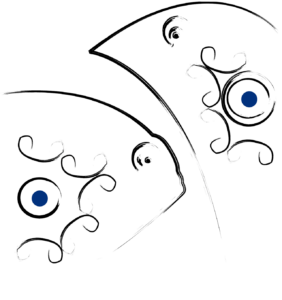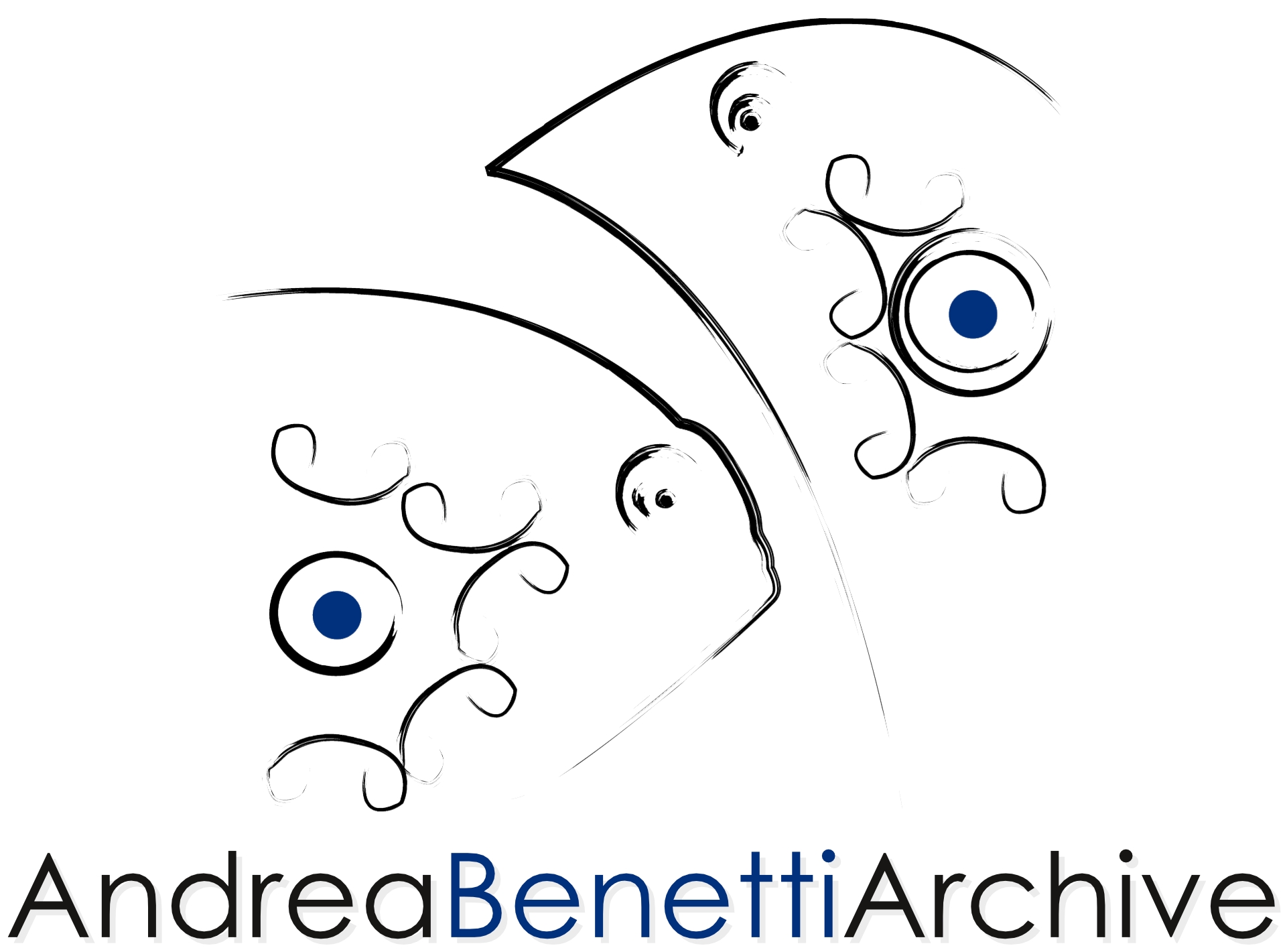Colors in Venice
There is a golden thread that connects Andrea Benetti to Venice, Italy. In 2009 the Emilian artist presented his “Manifesto of Neo-Cave Art” at the 53rd Art Biennial. In his manifesto, Benetti considers the idea of aesthetics which is shaped upon the first forms of human expression created by prehistoric man, carved symbols and marks, and geometric abstract shapes. The artist’s work is replete with zoomorphic and anthropomorphic themes connected to the graffiti and bas-reliefs of our ancestors, who have used these forms of expression to proclaim their connection to nature and its phenomena. In his work, Benetti uses symbols to represent the connection between man and his existence and limits, something that the artist considers to be proof of modern society’s self and consumerist approach of man over nature.
The distinct technique used by the artist evokes symbols and themes connected to Neo Cave Art. Benetti grounds his work on the bas-reliefs technique: he imitates the prehistoric rock painting essence by creating a plaster background and spatulating natural pigments diluted with water on the canvas. These natural pigments include coffee, henna, cocoa, oxides, ginger, spices and soil. The artist also uses oil-based colours on the work before adding a thin layer of resin as cover.
This technique is the same one used by the artist for his Colours in Venice exhibition and homage displayed at the Fondazione Casanova (Palazzo Zagùri, Venice). The exhibition gets its pieces from some of the creations included in Benetti’s L’astrattismo delle Origini collection, where he examines the roots of human expressiveness even further, tracing back to the time when primal geometric shapes and the symbolism of archetypes first appeared.
In these creations, human and animal figures, gears, and allegories alike are sharing the space, reshaping and creating the Neo Cave Art of contemporary society.
Venetian Lagoon (Laguna di Venezia), Seabed (Fondali marini), Gondolas at Carnevale (Gondole a Carnevale), Courtship (Corteggiamento), Paths (Percorsi), Secrets of the Sea (Segreti del Mare) are just a few of the creations included in Colours of Venice, Benetti’s tribute to the floating city.
Through his work displayed at Palazzo Zagùri, the artist evokes Venice’s unique allure by using figurative and abstract shapes: allegorical bridges over the sea, abstract shapes recalling light Byzantine mosaics, chromaticisms echoing Venice’s rich historical and artistic repertoire. All these elements combined together create Benetti’s kaleidoscopic homage to the very city his manifesto and poetics were first presented in.
If symbols are language, art and literature were born before history. History was written by our prehistoric ancestors in the language of graffiti.
This is Benetti’s great intuition: the artist brings us back to the dawn of our existence when mankind, despite its infancy, had the ability to appreciate the power of symbols as a connection between the visible and the invisible, life and death, reality and myth.
Benetti reminds us that “nothing has changed from when we first started scratching and colouring on rocks in caves”. These works of art, according to him, are the “first representations of pictures created by human consciousness”.
The Greek word symbolon, a trinket split in two and shared between individuals, invokes a powerful image of the human desire for connection. To the ancient Greeks, a symbolon was shared between family, friends or lovers forced to part with the promise of one day reuniting the two parts to a whole. In Plato’s Symposium, a “Symbolo” is a man doomed to search for the part of himself that Zeus took away as a reminder of his mortality and punishment for his arrogance.
From the beginning of time, men see themselves as a combination of both tangible and intangible matter. In that way, humans themselves are a Symbol for the space where the spirit and ingenuity, art and literature dwell.
Benetti investigates this archetypal bond that connects us to nature; the sacred, the mystery and the manifestation of the invisible through that prehistoric mark left on a rock. This primitive language created by prehistoric man evolved into what we now call the language of Art (and also that of psychoanalysis): the use of marks, shapes, and colours to portray our environment, as conscious or unconscious picture, reality and metaphor, object or concept.
It was a prehistoric man who first left marks on the rocks of caves and caverns, their hope, fear, and faith in Nature as a mother and their only guarantee of survival.
They did it by using the first graphic language that our world has ever seen, leaving their traces behind that allowed us to better understand who we were, what our thoughts were, what our existence and daily life looked like, the tools we used, our relationship with faith and supernatural, with animals and the connection with other beings, with Earth, the cosmos, and the divine.
And although we no longer imprint graffiti and shadows of praying men, mighty animals running wild, or brutal images of rituals and war on rocks, now more than ever in this interconnected society we live in, we have returned to expressing ourselves through symbols. Every emoticon – and above all the “@“ symbol – is today’s new “idol”, our imaginary key to access and surf over the cybernetic sea, forcing us ashore of a blurred lines world which – unlike that of our ancestors – could be slipping away from us: full of signs, but emptied of meanings.
Gaia Giorgetti |
Journalist and writer |



